静岡の探索:日本のお茶の都と風光明媚な隠れ家

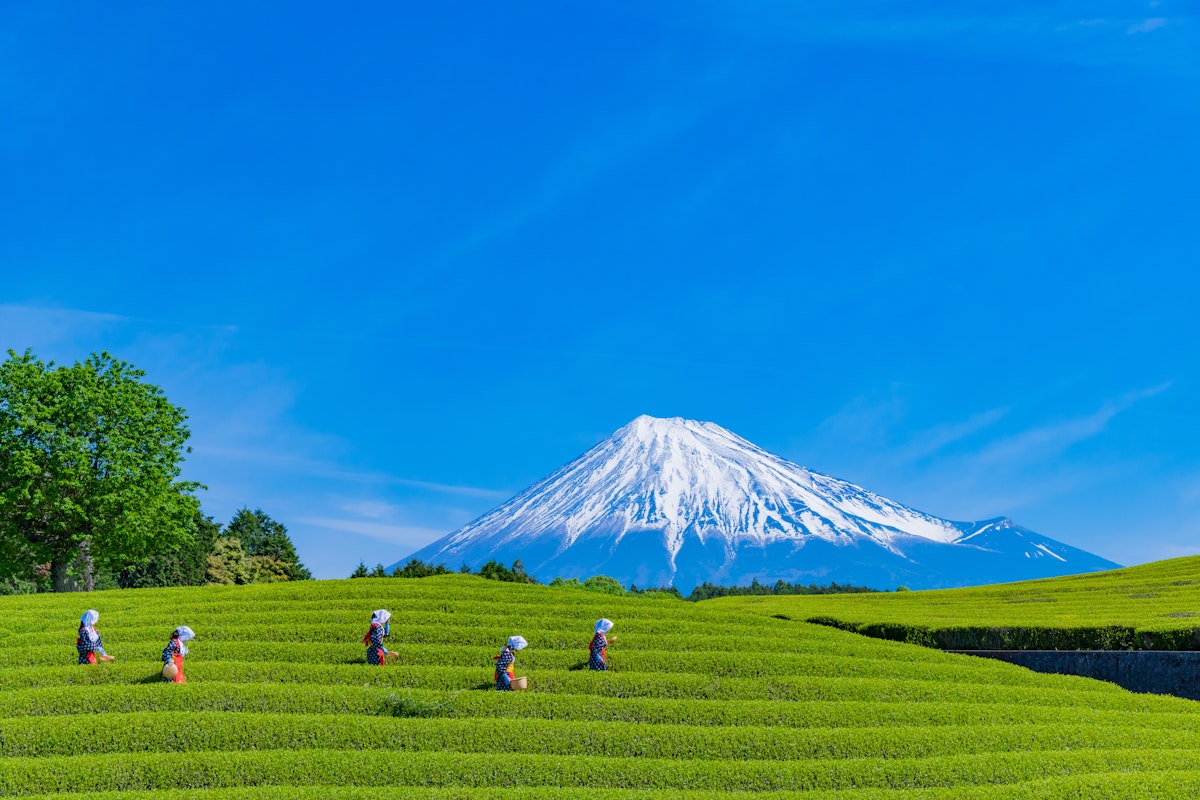
お茶が好きな方なら、静岡は日本で必見の場所です。国内トップの茶生産地として知られるこの地域は、美しい緑茶農園と豊かな茶文化で有名です。静岡の歴史を学ぶのに最適なスポットです日本のお茶その見事な自然の美しさを楽しみながら。
この記事では、静岡の見どころと、日本のお茶の都と呼ばれる理由を探っていきます。

静岡での思い出に残るサイクリングアドベンチャーに備えましょう!
静岡のお茶の豊かな歴史
静岡のお茶の歴史は何世紀も前にさかのぼります。江戸時代には、地元の農家が肥沃な土壌でお茶を栽培するようになったことで、お茶の生産地として知られるようになりました。
現在、静岡県は日本最大の茶産地であり、日本のお茶の総生産量の約40%を占めています。温暖な冬とたくさんの日差しが降り注ぐ気候は、高品質の緑茶を栽培するのに理想的な場所です。
静岡茶博物館:必見スポット
お茶についてもっと知りたい方は、静岡茶博物館始めるのに最適な場所です。島田市にあるこの博物館では、歴史、文化、お茶の作り方を深く掘り下げることができます。伝統的な茶道具、歴史的遺物、農場からカップまでのお茶の旅を紹介するさまざまな展示を探索できます。
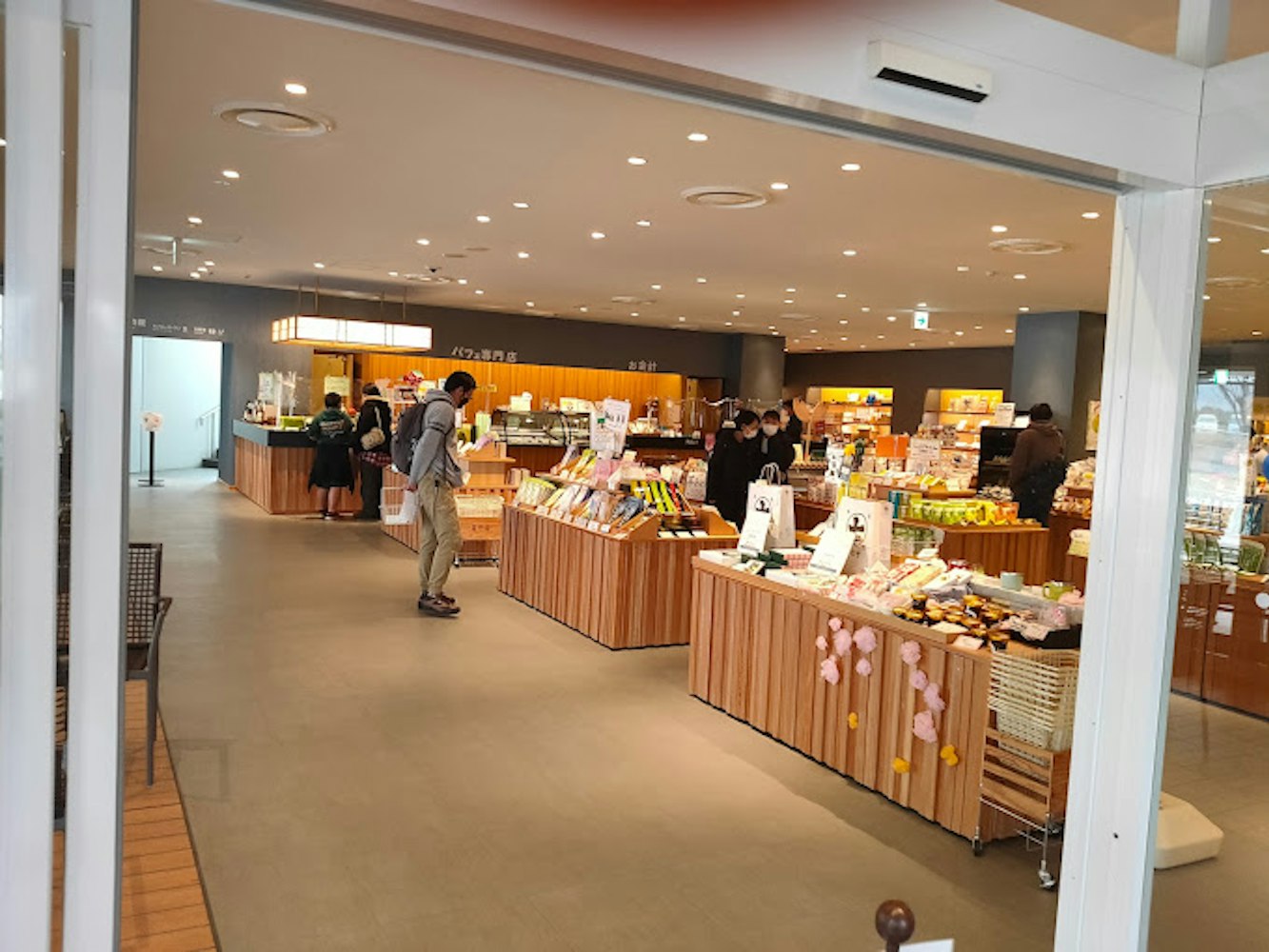
博物館のハイライトの1つは、石臼を使用して自分だけの抹茶を挽く機会です。この体験型アクティビティでは、抹茶を作る際の精密さを感じることができます。博物館には茶道の家もあり、伝統的な日本の茶道を見て、日本文化におけるその重要性について学ぶことができます。
日本のお茶の都
静岡は、その大規模生産と高品質の緑茶の生産で定評があるため、日本のお茶の首都と呼ばれることがよくあります。ここの茶畑は地域全体に広がっており、その多くでは、訪問者が畑を探索し、源泉から直接新鮮なお茶を味わう機会を提供しています。
静岡県で生産されるお茶の品種は、緑茶に限ったことではありません。また、抹茶や紅茶など、この地域で栽培・加工されたお茶も見つけることができます。それぞれのタイプには独自の風味があり、プランテーションを訪れることは、1か所でさまざまなお茶を試すのに最適な方法です。

スタイリッシュなハイブリッドバイクで静岡の風光明媚な驚異を探索してください。
伝統的な茶道と日本庭園
静岡の茶文化とつながる最良の方法の1つは、伝統的な茶道に参加することです。これらの儀式は、自然に囲まれながらお茶を楽しむことができる静かな日本庭園で行われることがよくあります。茶師がゆっくりとした思慮深い動きで抹茶を淹れるのを見るのは、お茶作りに注がれた注意と注意を反映したユニークな体験です。
静岡の多くの茶園では茶道が行われており、訪問者はしばしば参加を招待されます。抹茶の泡立てに挑戦して楽しむことができます伝統的な和菓子それは通常、お茶と一緒に出されます。
静岡のお茶の生産と茶摘み
静岡のお茶の生産工程は、伝統と現代の技術が融合しています。この地域の農家は、お茶の栽培と収穫に古くからの方法を使用しており、お茶がその根に忠実であり続けるようにしています。これらの手法は世代を超えて受け継がれ、地元の農家は自分たちの仕事に大きな誇りを持っています。
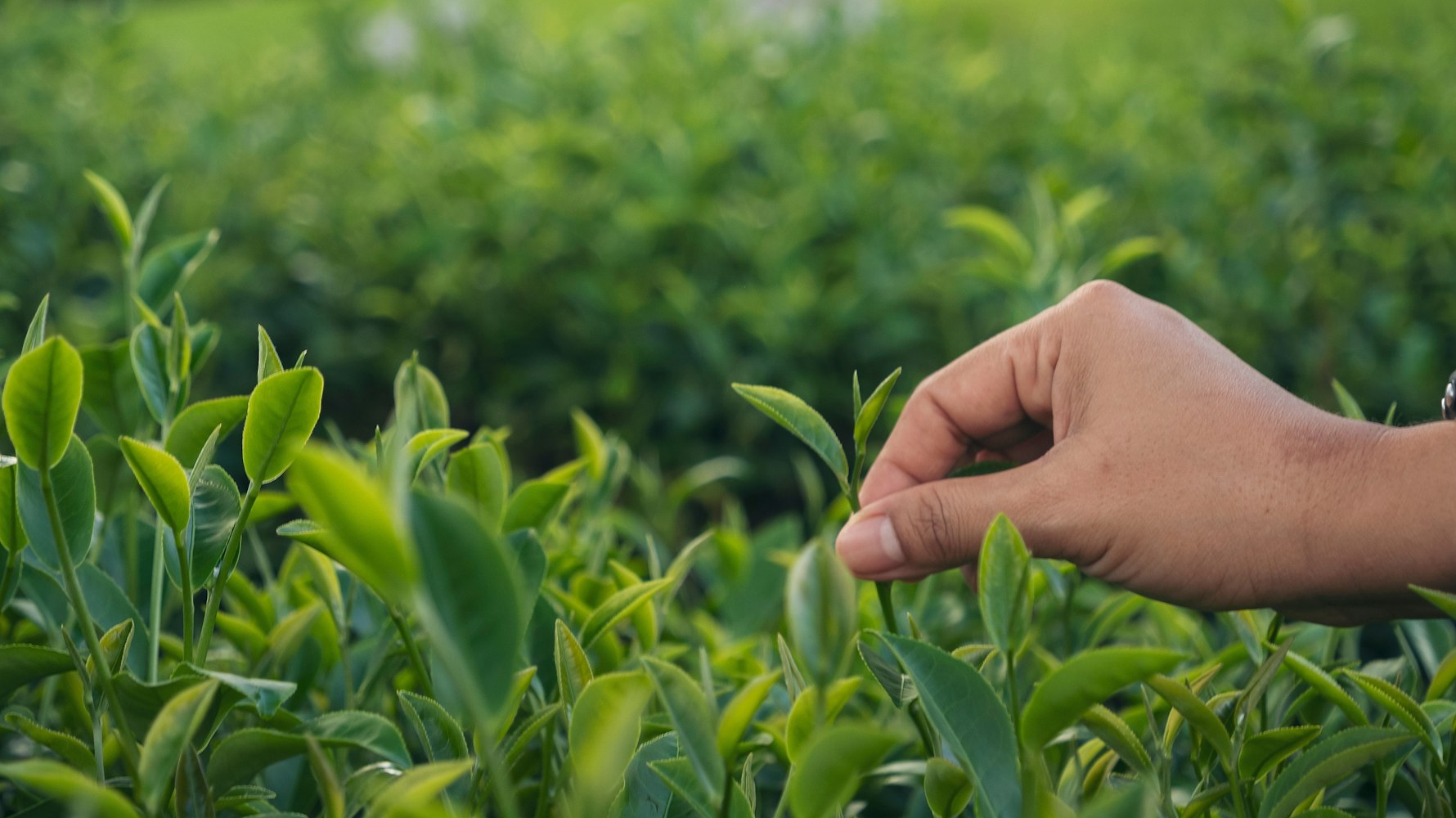
収穫期にはお茶狩りを体験できます。一部の農園では、これを実践的な活動として提供しており、畑を歩きながら自分で茶葉を摘むことができます。これは、プロセスに参加し、おいしいお茶を淹れるために何が必要かをより深く理解するための楽しい方法です。
静岡の文化における緑茶の役割
緑茶は、静岡の人々の生活の中で大きな役割を果たしています。地元のカフェから伝統的な茶室まで、緑茶は地域のいたるところで楽しまれています。ここで生産されるお茶は、すっきりとしたフレッシュな味わいで知られており、煎茶や玉露、抹茶など様々な品種が販売されています。
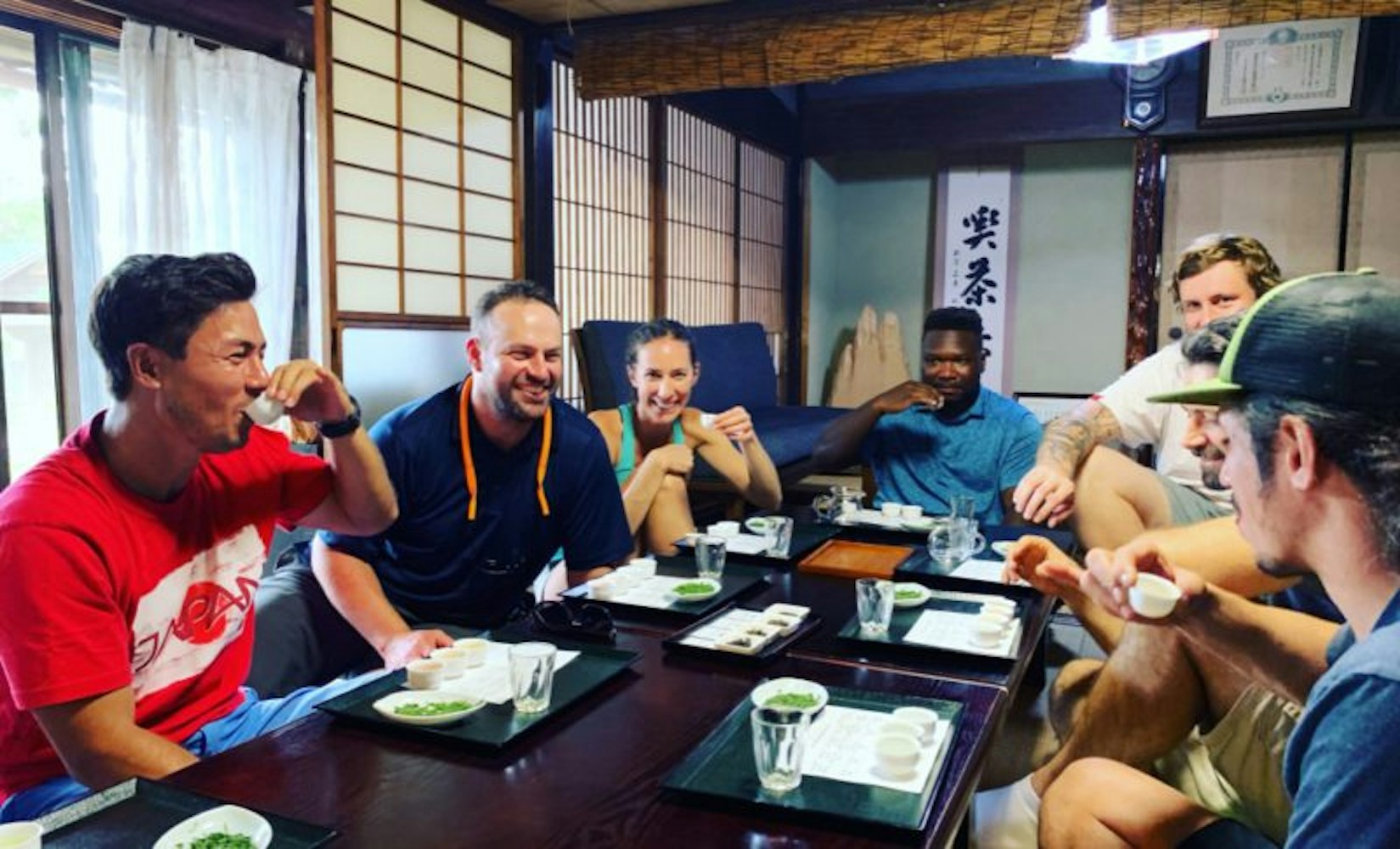
静岡の茶文化の最も興味深い部分の1つは、地元の人々が生活のさまざまな側面にお茶を取り入れている方法です。お茶味のおつまみやアイスクリーム、さらには緑茶抽出物で作られた化粧品まで見つけることができます。この地域のお茶への愛情は、単に飲むだけでなく、お茶は健康と幸福の象徴と見なされています。
静岡への行き方
静岡は東京と京都の間に位置し、日本を探索する旅行者にとって便利な場所です。飛行機で到着する場合は、富士 静岡空港は、この地域に最も近い空港です。公共交通機関のオプションがすぐに利用でき、周辺エリアは電車やバスでの接続が良好です。お車でお越しの方には、新東名高速道路や金谷ICなど、移動がスムーズになる高速道路がいくつかあります。

日本の祝日に旅行を計画している場合は、茶博物館や農園が混雑している可能性があるため、事前に確認しておきましょう。これらの時間外に訪れると、よりリラックスした体験ができ、お茶の文化を存分に楽しむことができます。
静岡でのお茶の旅を締めくくる
静岡は、日本茶に興味がある人なら誰でも本物で没入型の体験を提供します。歴史ある茶畑から静岡茶博物館での体験活動まで、この地域は商業化を感じさせないうちに茶文化に深く触れることができます。
源泉から直接緑茶を味わう場合でも、茶師から学ぶ場合でも、訪問することで日本のお茶の伝統をより深く理解することができます。通常のスポットを超えて探索し、何を存分に楽しんでください静岡提供する必要があります。
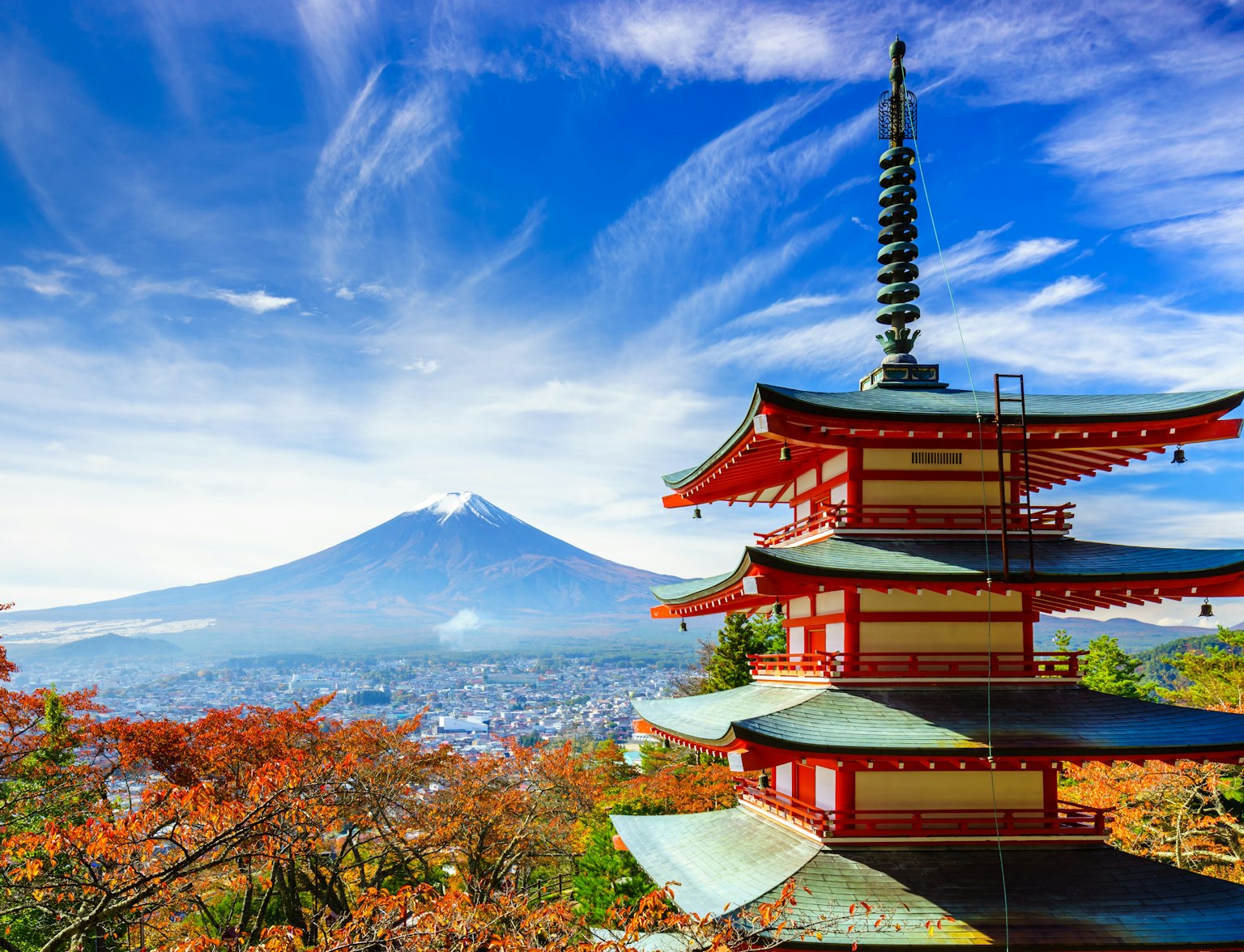
オールアクセスのJRパスで日本を無制限に発見しましょう!
よくあるご質問(FAQ)
静岡緑茶とは?
静岡緑茶は、日本最大のお茶の産地である静岡県で栽培されている日本茶の一種です。豊かな味わいと高い品質で知られる静岡の緑茶は、この地域の温暖な気候で丁寧に育てられた葉から作られています。最も一般的な種類は、煎茶、玉露、抹茶など、それぞれにユニークな味覚体験を提供します。
日本で一番のお茶は何ですか?
日本で最も人気のあるお茶は、緑茶の一種である煎茶です。それは国内で消費されるお茶の大部分を占めており、その新鮮でマイルドな甘い風味で知られています。煎茶は温かいものから冷たいものまで楽しめ、日本全国の家庭、レストラン、喫茶店で見つけることができます。
世界で最も高価な日本茶は何ですか?
世界で最も高価な日本茶は、特に京都近郊の宇治地方で栽培された碾茶と呼ばれる珍しい種類の抹茶です。この高級抹茶は、風味と栄養を高めるために葉を遮るなど、細心の注意を払って栽培されています。これらのプレミアム抹茶の品種の中には、労働集約的な生産と並外れた品質のために、キログラムあたり数百ドルの費用がかかるものもあります。



